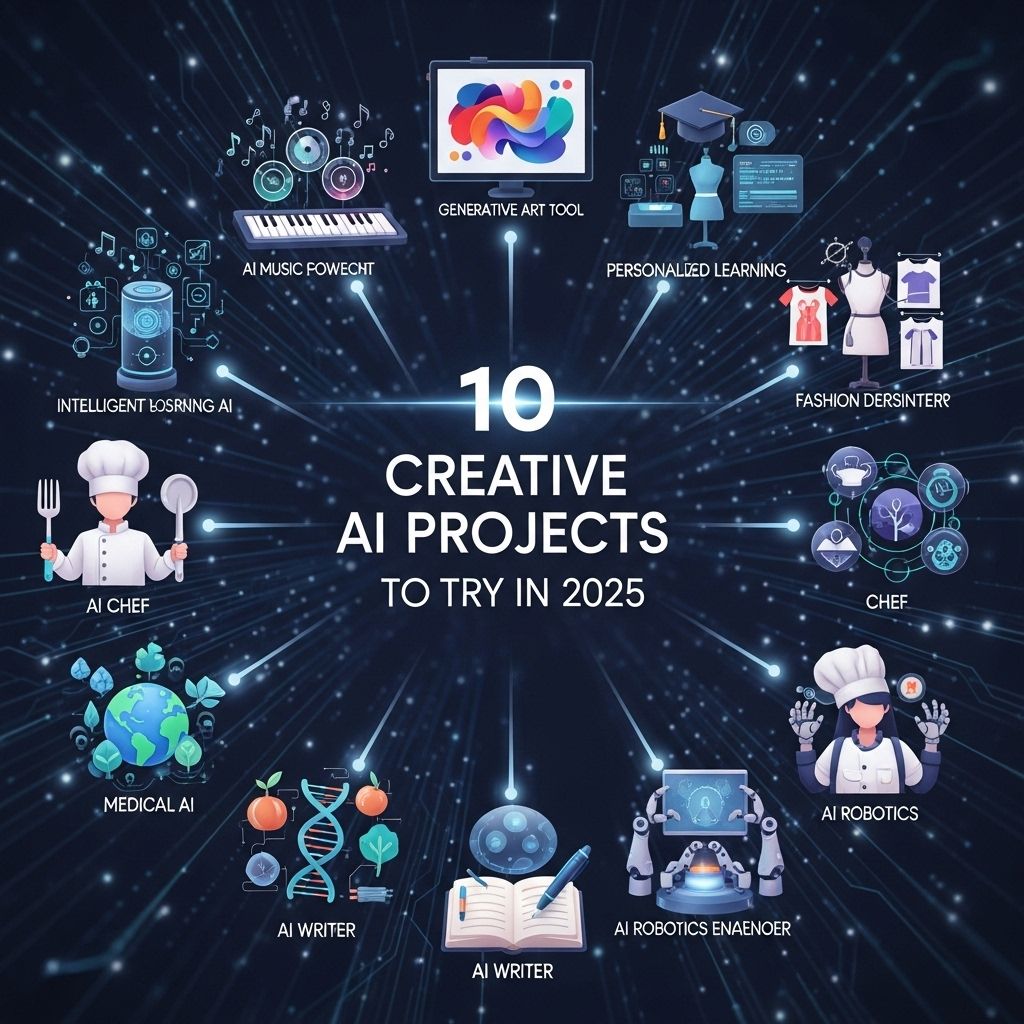The rapid development of artificial intelligence (AI) technologies has dramatically transformed various sectors, enhancing productivity, creativity, and decision-making processes. As we venture into 2025, a plethora of AI tools have emerged, many of which are free to use, making cutting-edge technology accessible to everyone, from entrepreneurs to students. This article explores the top 10 free AI tools that are shaping the future, providing insights into their functionalities and applications.
1. ChatGPT
OpenAI’s ChatGPT has become a household name in the realm of conversational AI. This tool can generate human-like text based on the input it receives, making it ideal for a variety of applications.
Features:
- Natural language understanding and generation
- Multi-turn conversations
- Customizable personality and tone
Whether you need assistance with writing, brainstorming, or customer support, ChatGPT has you covered.
2. DALL-E 2
DALL-E 2 brings imagination to life by generating images from textual descriptions. This tool exemplifies the power of combining natural language processing with image generation.
Applications:
- Content creation for blogs and social media
- Supporting visual learners in educational settings
- Enhancing presentations with custom visuals
3. Google Colab
Google Colab is a cloud-based Jupyter notebook service that allows users to write and execute Python code in the browser. It’s especially useful for machine learning projects.
Key Benefits:
- Free access to GPUs and TPUs for accelerated computing
- Integration with Google Drive for easy data management
- Collaboration features for team projects
4. Runway ML
Runway ML offers a suite of creative tools powered by AI, aimed at artists, designers, and developers. This platform simplifies the implementation of machine learning models.
Popular Features:
| Feature | Description |
|---|---|
| Image Generation | Create visuals based on text prompts. |
| Video Editing | Automate tasks like object removal and segmentation. |
5. TensorFlow
TensorFlow, developed by Google, is an open-source platform for machine learning that provides a comprehensive ecosystem for building and deploying ML models.
Why Choose TensorFlow?
- Supports deep learning and neural networks
- Extensive documentation and tutorials available
- Strong community support for troubleshooting
6. Hugging Face Transformers
Hugging Face has revolutionized natural language processing with its Transformers library, which provides state-of-the-art models for various tasks.
Use Cases:
- Text classification and sentiment analysis
- Question answering systems
- Text summarization
7. OpenCV
OpenCV is an extensive library of programming functions mainly aimed at real-time computer vision. This tool is invaluable for projects that require image processing.
Notable Features:
- Face and gesture recognition
- Object detection with pre-trained models
- Video analysis capabilities
8. IBM Watson Studio
IBM Watson Studio provides a collaborative environment for data scientists and AI developers to build and train models. While it offers paid plans, there is also a free tier.
What You Can Do:
| Functionality | Details |
|---|---|
| Data Preparation | Clean and format your data efficiently. |
| Model Deployment | Deploy models for real-time predictions. |
9. Microsoft Azure Machine Learning
Microsoft’s Azure Machine Learning platform provides tools for building, training, and deploying machine learning models. The free account allows limited usage, making it accessible for beginners.
Advantages:
- User-friendly interface with drag-and-drop features
- Integration with popular programming languages like Python and R
- Scalability for enterprise-level applications
10. Canva Magic Write
Canva Magic Write is an AI-driven writing assistant integrated within Canva that helps users produce marketing copy, blog posts, and social media content effortlessly.
Features:
- Template suggestions based on user input
- Grammar and style enhancements
- Seamless integration with design tools for visual content
As we look ahead to 2025, the proliferation of free AI tools continues to democratize access to advanced technologies. These tools not only simplify complex tasks but also empower creativity and innovation across various fields. By leveraging these resources, individuals and organizations can enhance their capabilities, drive efficiency, and ultimately pave the way for a more AI-driven future.
FAQ
What are the top free AI tools available in 2025?
The top free AI tools of 2025 include advanced options for content generation, image editing, and data analysis, making AI accessible for everyone.
How can I access these free AI tools?
You can access these tools via their official websites or platforms, many of which offer free versions with premium features available for purchase.
Are these free AI tools suitable for beginners?
Yes, many free AI tools are designed with user-friendly interfaces, making them suitable for beginners and non-technical users.
Can I use these free AI tools for commercial purposes?
While many free AI tools can be used for commercial purposes, it’s important to check the licensing agreements for each tool to ensure compliance.
What types of tasks can I accomplish with these AI tools?
With these AI tools, you can accomplish a variety of tasks, including content creation, image enhancement, data visualization, and language translation.
Will there be updates to these free AI tools in the future?
Yes, many free AI tools continually receive updates to improve features, enhance user experience, and keep up with technological advancements.




